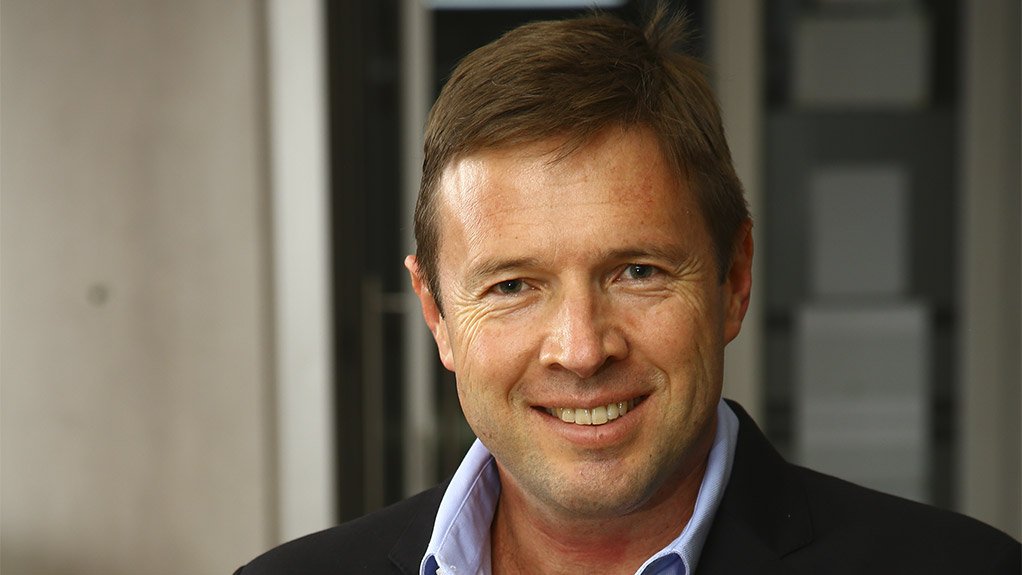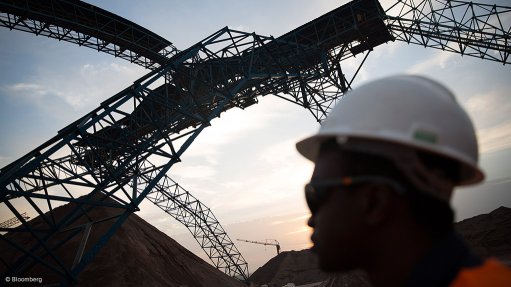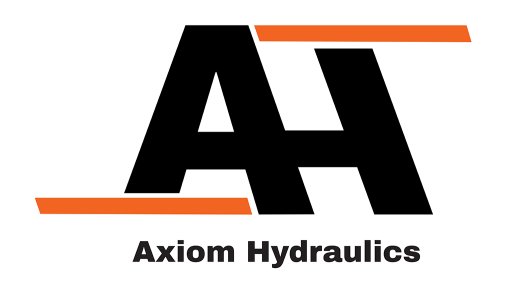How a comprehensive ESG strategy adds value to mining





Vis Reddy, chairman and principal environmental geochemist, SRK Consulting
Andrew van Zyl, managing director and principal consultant, SRK Consulting
Philippa Burmeister, partner and principal environmental scientist, SRK Consulting
Wouter Jordaan, partner and principal environmental scientist, SRK Consulting
The mining sector’s growing focus on environmental, social and governance (ESG) risks is often portrayed as another regulatory load to be borne by an already over-burdened sector. It is anything but that – and in fact paves the way for a more transparent and sustainable industry in which stakeholders can have confidence.
It is certainly true that the plethora of standards, laws and regulations at national and global level have placed considerable responsibility on mining companies. They are today, required to plan, monitor, act and report in ways that were inconceivable just a few decades ago. This often involves navigating complex and lengthy processes, many of which are required for mining to be permitted.
In some respects, this adds time, cost and risk to the venture of mining. However, the point is that these ‘new’ conditions for mineral development did not emerge from a vacuum. They are rooted in real-world risks that indicate a potential detrimental impact on one or more of mining’s stakeholders – in addition, of course, to our fragile natural environment. Addressing these issues prior to development will generally reduce the risk of disruptions post development.
Insulating against risk
Addressing these ESG risks should therefore not be a distraction from the business of mining, but an integral part of it. All the necessary ESG monitoring and reporting, for instance, can be usefully harnessed within corporate systems, procedures and policies. This creates a more streamlined operation which is not bedevilled by the disruption of incidents such as polluted spillages, community unrest or customer dissatisfaction.
Not to mention the existential risks, which are also increasing. Investor confidence has always been an essential ingredient of commercial viability, but there are many other eyes on mining projects. Communities have become assertive in protecting their well-being, and a growing trend is the ethical and environmental concerns of customers. Mines and their supply chains are under the microscope for any nonconformity to laws, standards and moral codes that could turn end-consumers against an established brand.
Decarbonisation
Compliance with in-country legislation and regulations has just been the start of the sustainability journey. Mining companies have been among the first in developing and aligning to a range of standards that govern corporate behaviour and impacts. Addressing climate change has been an important focus of these efforts, with almost 30 of the world’s largest miners committing to achieve net zero by 2050.
There are considerable opportunities for decarbonisation in the mining sector, and in South Africa in particular. The electricity crisis has added to the pace of positive change towards the adoption of renewable energy sources as an alternative to coal and to offset the impact of loadshedding. Like much of Africa, the country is under pressure to produce more power while reducing environmental harm from carbon emissions.
Mining underpins lower carbon future
As a producer of essential mineral commodities, mining remains key to the creation of greener technologies that promise to eventually replace carbon-based fuels. In doing so, it has accepted the challenge of reducing its carbon intensity. This is necessary for it to continue producing the vital commodities that the energy transition is demanding. While being a quick solution in theory, it would serve little purpose for the sector to cut carbon emissions by producing less. The world relies on mined minerals today as much as ever. Mined minerals and metals are critical in production of commercial fertiliser as well as metals required in water, electricity and sanitation reticulation. In fact, there is little in the modern world that does not rely on mined minerals.
Among the opportunities that the sector has embraced has been renewable energy supply. Responding to the unreliable grid supply and rising electricity costs in South Africa, mines have moved as quickly as they have been permitted – by funding new supply from renewable sources as a strategy to address the power shortage. While still reliant on baseload from the grid, mining has been an important contributor to kick-starting the roll-out of solar and wind energy in the country.
Quick wins from renewable energy supply
Uptake of renewable energy alternatives is likely to increase, reducing reliance on the grid. Even baseload reliance could decrease as the renewable energy transition offers increasingly attractive returns on the investment. Transition to renewable energy is therefore driven as much by economic factors as by environmental imperatives.
This translates to some quick wins in terms of sustainability objectives. Increasing the proportion of renewables in energy supply – whether on site or through a wheeling arrangement – can reflect in mines’ sustainability reporting within a matter of years. This allows strategic progress to address stakeholder and shareholder expectations, often without disrupting any basic operations. A process plant, including its crushing and milling phases, can readily make use of renewable energy as most of its functions are electrically driven.
Energy supply from renewables is an essential path to decarbonising existing mineral processing plants. Optimisation of equipment is another option, but is unlikely to achieve more than 10-20% greater energy efficiency. Closing and dismantling an existing plant – especially one which still has lifespan – would incur considerable (if unintended) energy consumption. The process of replacing it with another plant would also be carbon-intensive, even if the new plant was more efficient.
ESG innovations
Much of the mining sector in Africa comprises of opencast operations, which are somewhat more difficult to decarbonise due mainly to the loading and hauling being generally diesel powered. These methods are difficult to replace as they are highly flexible, and able to follow the mining face as it moves. Innovations such as overhead trolley lines or conveyor belts are options but rely on specific conditions to be practical.
However, where opencast mines have a long life modern technologies are being tested such as hydrogen-powered mining trucks at a leading South African platinum producer. The success of such a technology would not only reduce emissions but would create demand for platinum as hydrogen fuel cells use platinum catalysts in proton exchange membrane (PEM) technology.
Beyond decarbonisation there is a growing awareness of the need to build resilience in mining. Despite efforts the climate is changing with higher extremes already being experienced. Innovations in ESG such as water stewardship, that recognises the need to consider the catchment as a whole and plan for future water availability in this context, will contribute to sustainable mining operations with fewer community conflicts around water, as water becomes more scarce.
As extreme events increase in both magnitude and frequency, disaster management planning is critical to aid mines in being able to respond to extreme events and mitigate impacts on neighbouring communities and environments.
Waste minimisation and recycling technologies will enable mines to reduce the costs of waste management while also achieving cleaner more efficient production.
Similarly, the use of ecosystem-based infrastructure design will create infrastructure that is more resilient with lower maintenance costs. Investments in the host communities and local procurement will support social license to operate, ensure supply chains that are not disrupted by offsite extreme weather and reduce the carbon footprint of the goods. These innovations will result in mining operations that leave a positive legacy and are able to sustainably extract green minerals, that will be highly sought after in the manufacturing of green technologies.
New eyes on the future
It is understandable that mining might be viewed as an industry that changes slowly; there are many risks associated with each of the daily operational and strategic decisions at any mine, so any change must be carefully considered. The ranks of mines today, however, are increasingly filled with younger professionals, managers, technicians and operators – with their eyes on the future and a familiarity with pioneering digital and other technologies.
These newer generations are ushering in leaders who not only recognise the value and opportunities of ESG but are growing more adept at integrating this approach into all aspects of mining. Mines will continue to have dedicated departments and managers to drive the application of ESG thinking but – rather like the safety culture that is now prevalent in mining – there will be a constant and ongoing engagement with ESG issues in every facet of mining.
Article Enquiry
Email Article
Save Article
Feedback
To advertise email advertising@creamermedia.co.za or click here
Press Office
Announcements
What's On
Subscribe to improve your user experience...
Option 1 (equivalent of R125 a month):
Receive a weekly copy of Creamer Media's Engineering News & Mining Weekly magazine
(print copy for those in South Africa and e-magazine for those outside of South Africa)
Receive daily email newsletters
Access to full search results
Access archive of magazine back copies
Access to Projects in Progress
Access to ONE Research Report of your choice in PDF format
Option 2 (equivalent of R375 a month):
All benefits from Option 1
PLUS
Access to Creamer Media's Research Channel Africa for ALL Research Reports, in PDF format, on various industrial and mining sectors
including Electricity; Water; Energy Transition; Hydrogen; Roads, Rail and Ports; Coal; Gold; Platinum; Battery Metals; etc.
Already a subscriber?
Forgotten your password?
Receive weekly copy of Creamer Media's Engineering News & Mining Weekly magazine (print copy for those in South Africa and e-magazine for those outside of South Africa)
➕
Recieve daily email newsletters
➕
Access to full search results
➕
Access archive of magazine back copies
➕
Access to Projects in Progress
➕
Access to ONE Research Report of your choice in PDF format
RESEARCH CHANNEL AFRICA
R4500 (equivalent of R375 a month)
SUBSCRIBEAll benefits from Option 1
➕
Access to Creamer Media's Research Channel Africa for ALL Research Reports on various industrial and mining sectors, in PDF format, including on:
Electricity
➕
Water
➕
Energy Transition
➕
Hydrogen
➕
Roads, Rail and Ports
➕
Coal
➕
Gold
➕
Platinum
➕
Battery Metals
➕
etc.
Receive all benefits from Option 1 or Option 2 delivered to numerous people at your company
➕
Multiple User names and Passwords for simultaneous log-ins
➕
Intranet integration access to all in your organisation




















